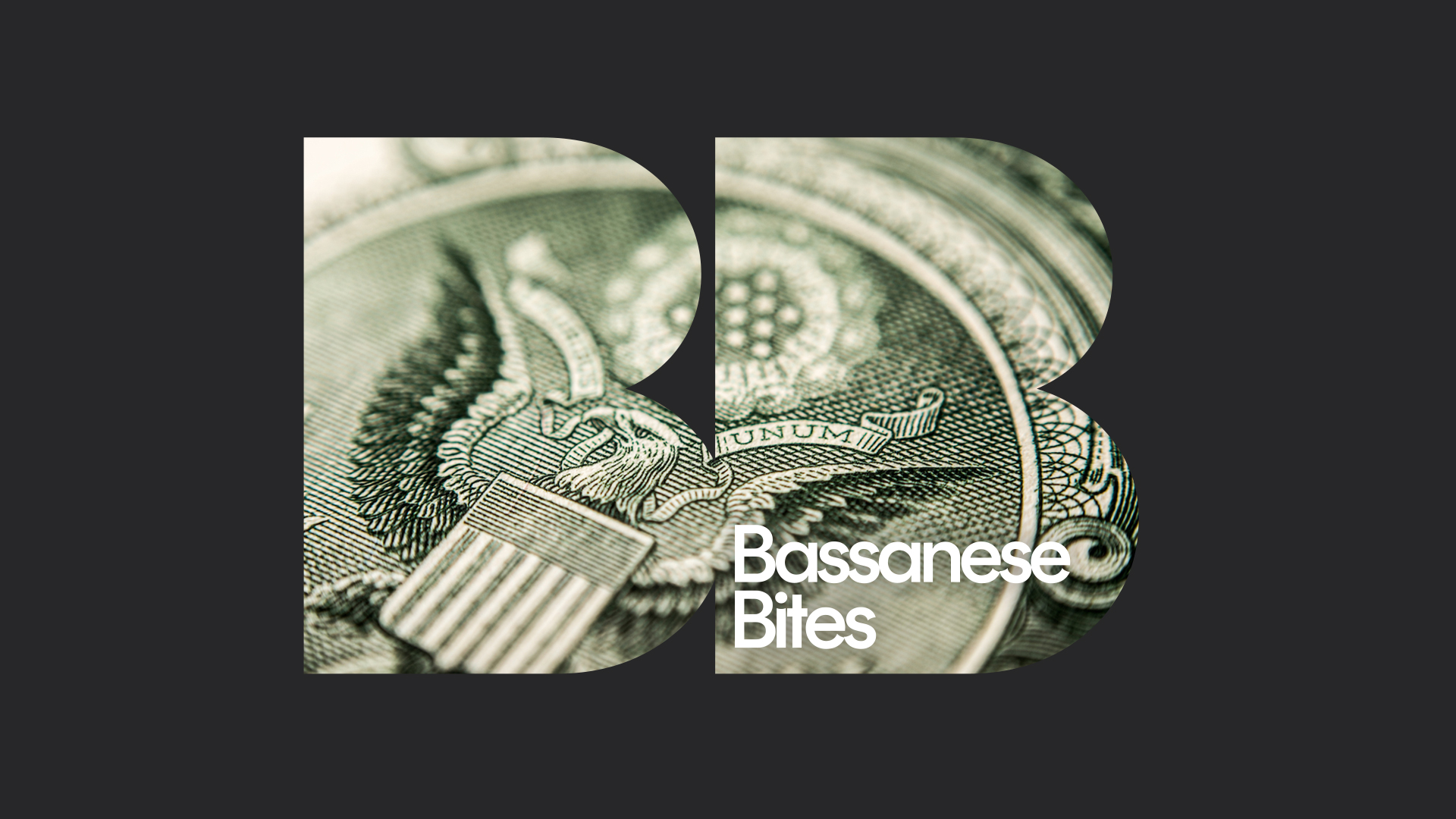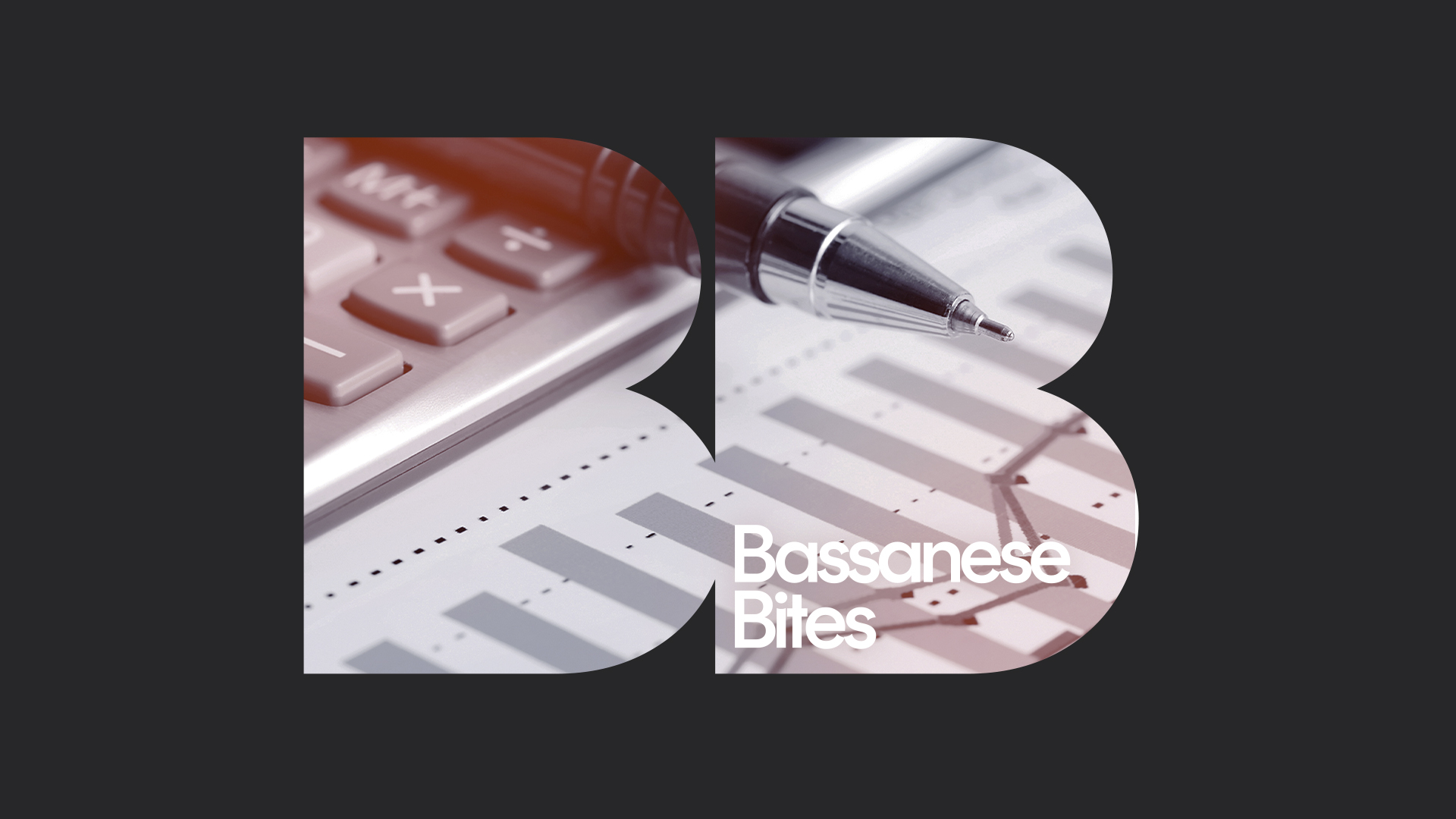Wet lettuce
6 minutes reading time
Global equities suffered a setback last week, resuming the downtrend in prices which has been evident since stronger-than-expected US economic data and “no landing” fears began to upset investors at the end of January.
The week began with hawkish comments from Fed Chair Powell suggesting US rates may need to go higher than previously expected and opening the door to a potential return to 0.5% rate increases at the next policy meeting later this month. This naturally saw equities retreat and bond yields move higher. Notably, however, US 10-year bond yields barely budged while 2-year bond yields surged 13 basis points.
Friday’s payrolls result was a mixed blessing for markets – a much stronger than expected employment gain but a lift in the unemployment rate and a slightly softer than expected lift in average hourly earnings, with tentative signs of more workers returning to labour force.
That said, probably the biggest (surprise) event on Friday was the failure of Silicon Valley Bank (SVB), which hurt equities further but led to a strong safe-haven decline in bond yields (for more, see my special comments below).
Meanwhile, and of now somewhat secondary importance, Tuesday sees the release of the US February CPI, which is expected to show the monthly gain in core consumer prices remain at a still firm 0.4%. Annual core inflation is expected to slow only modestly from 5.5% to 5.4%. Subject to the SVB fallout such a result would keep the risk of a 0.5% Fed rate hike later this month very much alive.
Also of interest this week will be Thursday’s US weekly jobless claims report, especially given there was a higher than expected increase last week which tentatively suggested some slowing in the labour market may be underway.
In Europe, consumer price inflation is also reported and expected to remain high – which, prior to SVB’s implosion, was expected to see the European Central Bank raises rates by another 0.5% on Thursday.
Last but not least, China releases its key monthly data on Wednesday (Australia time), which is expected to show a nice rebound in industrial production and retail sales as the economy emerges from lockdowns.
Australia
The Reserve Bank of Australia retained the spotlight last week with a widely expected 0.25% interest rate increase, but also hints within the post-meeting Statement that it might only raise rates once more. Indeed, RBA Governor Lowe indicated a day later that the Bank might even pause next month if upcoming employment and inflation data are on the soft side.
Against this backdrop, of interest tomorrow will be key consumer and business sentiment surveys by Westpac and the National Australia Bank respectively. Of most interest to the RBA will be whether consumers remain despondent and if this has begun to flow through into weaker business confidence – the latter having remained fairly resilient to date. Also of interest will be business reports on labour demand and wage pressure.
Thursday’s labour force report will also be critical, with a large 48,000 rebound in employment expected after two surprising declines in employment over December and January. Thursday’s result will be a key test of whether recent employment weakness really did just reflect end-of-year seasonal quirks or the beginning of a weakening trend. The RBA will be hoping for the latter.
Have a Great Week!
SVB – special comments
Unlike in Australia, failures among the thousands of small US banks are not uncommon. But with just over $US200 billion in assets, SVB was the 16th largest in America, and marked the biggest bank failure since the global financial crisis of 2008.
There are four critical questions facing markets.
Firstly, do the problems at SVB suggest broader systemic vulnerabilities that the sharp increase in interest rates over the past year have now exposed, or is this just an isolated blow-up of a “rogue” bank with very lax risk controls. At heart, SVB exploited a regulatory concession to smaller banks that did not require it to set aside capital for any “mark-to-market” paper losses on the fixed-rate securities it owns – losses which were mounting given the rise in bond yields.
Perhaps given this concession, moreover, it also did not feel the need to hedge against the risk of these paper losses in the first place. So, when an initial fall in deposits (due to growing financial problems among its major tech industry depositors) forced it to sell some assets and realised some losses, other (largely uninsured depositors also in the tech industry) got spooked and a classic bank run followed.
It begs the question: how many other smaller banks are sitting on major paper losses and so also vulnerable to a non-insured depositor run? The problem for markets (as during the GFC) is that the answer to this won’t be known for days or potentially weeks.
Secondly, and far more pressing, even if this is just an isolated incident will regulators promise to bail out SVB’s mainly uninsured depositors (equity investors are toast)? Or will they risk contagion across the financial sector as other uninsured depositors flee all the other smaller and potentially vulnerable banks across the country?
(Editor’s note: Since writing this, the US Treasury, FDIC, and Federal Reserve issued a joint statement stating, “Depositors will have access to all of their money starting Monday, March 13. No losses associated with the resolution of Silicon Valley Bank will be borne by the taxpayer.”)
Third, if uninsured depositors are not fully protected, how damaging will this be to the many small and large tech firms (including some in Australia) that parked their money at the bank?
Fourth, how will the Federal Reserve respond given it only last week threatened to raise interest rates another 0.5% in a fortnight?
As the old saying goes, it’s only when the tide goes out do we see who was swimming naked. Higher bond yields have pushed out the tide and crushed the valuations of many securities over the past year – we may well begin to see in coming days who’s been caught without their bathers on.
What are the answers? For starters, it’s hard to believe there’s not a few more SVB’s out there somewhere – especially now many more analysts will be looking for them. Secondly, it seems unlikely regulators will simply promise to backstop all uninsured depositors across the entire financial system – given the huge moral hazard and precedent this would set.
It seems likely SVB will be sold, and quickly. Uninsured depositors seem likely to able to access at least 50% of their funds immediately, with the rest (with estimates suggesting at least 80 to 90% should be eventually recoverable) contingent on sale of assets in the next few days to months. Regulators may offer some with form of financing to any uninsured depositors needing more money more quickly. Accordingly, this seems more like a liquidity than solvency issue for most in the local or US tech industry, so a major implosion seems unlikely.
Will this be enough? Unless there’s a blanket guarantee on all US uninsured depositors in smaller banks, this may still not be enough to prevent other bank runs and wider contagion. The next few days will be critical as regulators and the Fed try to calm the markets.
All up, however, now that the genie is out of the bottle, my sense is this won’t be cleared up quickly – meaning the Fed may need to pass on raising rates again at the next meeting. Depending on the fallout in the next few days, moreover, the mayhem will likely be enough to encourage the RBA to pause at the April meeting also.
As a result, the immediate flow on effect is likely to be great news for bonds – yields could well sink lower. For equity markets the outlook is more mixed – while any respite from Fed rate hikes will be good news, the lingering fear of financial contagion and a collapse in credit may more than offset this.





2 comments on this
The difference in yield between US 2 year and 10 year bonds has dropped from 90 bpts to 40. What do you read into that?
Hi Adrian,
I’m no fixed income analyst, so cannot offer any insights as to what this could signal. What I can say is that this is called a “bull steepening”, which is when the inversion in the yield curve (as we’ve had in the US for some time now) either reduces or reverses. I’m sure there will be a few fixed income analysts around offering commentary on this event.
Hope this helps.
Regards,
Patrick